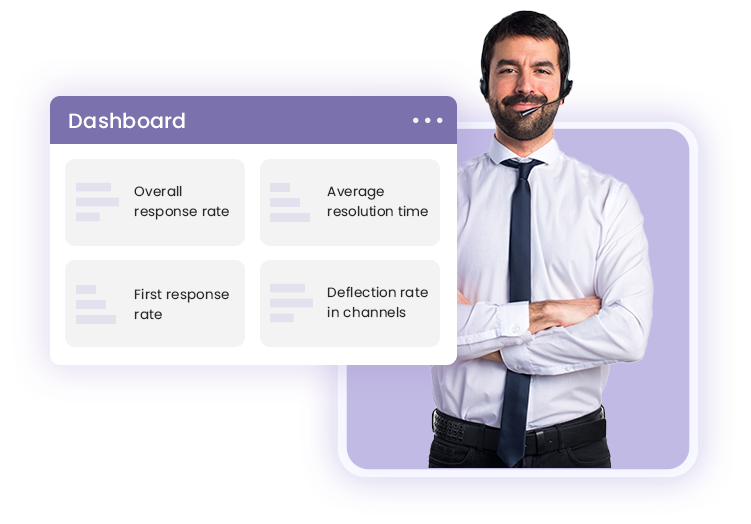On-Premise Chatbots: The Future of safe Business Communication
One of the key reasons companies choose to deploy chatbots on-premise rather than in the cloud is to maintain control over their data and ensure its security. With an on-premise deployment, companies can keep sensitive information within their own network and have full control over access and security protocols. This can be especially important for organizations in industries with strict data privacy regulations, such as healthcare and finance. By deploying a chatbot on-premise, companies can ensure that customer and business-critical data is not shared with third parties and is kept confidential.
Benefits of On-Premise Chatbots
-
Improved Security: With on-premise chatbots, companies can ensure that their sensitive information remains secure. Data is stored on their own servers and is not vulnerable to hacking or data breaches that can occur with cloud-based solutions.
-
Customization: Companies can tailor their on-premise chatbots to their specific needs and requirements. They can add custom features, integrate with other systems, and make changes to the chatbot as their needs evolve.
-
Cost-Effective: On-premise chatbots can be a more cost-effective solution for companies, especially for larger enterprises. They do not require ongoing fees for cloud and can be maintained in-house, reducing the cost of outsourcing.
-
Improved Performance: On-premise chatbots can be optimized for maximum performance. Companies can choose the hardware and infrastructure that best fits their needs, and they can monitor the chatbot's performance in real-time.
How On-Premise Chatbots are Transforming Business Communication
-
Customer Service: On-premise chatbots are transforming the way companies interact with their customers. They can provide 24/7 support, handle a large volume of inquiries, and provide personalized experiences for each customer.
-
Internal Communication: On-premise chatbots are also being used to streamline internal communication between departments and employees. They can automate routine tasks, such as scheduling meetings or forwarding information, freeing up time for more important tasks.
-
Improved Efficiency: On-premise chatbots can automate many tasks, reducing the time and resources required to complete them. They can also provide real-time information, helping companies make informed decisions more quickly.
-
Better Data Management: On-premise chatbots can help companies manage their data more effectively. They can integrate with other systems, such as customer relationship management (CRM) or enterprise resource planning (ERP) systems, to provide a single source of truth for all data.
Key Considerations When Implementing an On-Premise Chatbot
-
Requirements: Companies should clearly define their requirements and goals for their on-premise chatbot. This will help ensure that the chatbot is tailored to their specific needs and is aligned with their overall business strategy.
-
Integration: Companies should consider how their on-premise chatbot will integrate with other systems and processes. This will help ensure a smooth implementation and reduce the risk of disruptions to their operations.
-
Maintenance: On-premise chatbots require ongoing maintenance and support. Companies should have the resources and expertise in-house to ensure that their chatbot is running smoothly and that any issues are addressed promptly.
-
Security: Companies should ensure that their on-premise chatbot is secure and that sensitive information is protected. They should also have a plan in place for regular security updates
Deployment Options for On-Premise Chatbots
On-premise chatbots can be deployed in several ways, depending on a company's specific needs and infrastructure. Some common deployment options include:
-
Docker: Docker is a popular platform for deploying on-premise chatbots. It provides a container-based approach to deployment, allowing companies to package and run their chatbot in a self-contained environment.
-
Kubernetes: Kubernetes is an open-source system for automating the deployment, scaling, and management of containerized applications. It is a popular choice for deploying on-premise chatbots, as it allows companies to manage their chatbot as a scalable, highly available service.
-
Virtual Machines: On-premise chatbots can also be deployed on virtual machines, which provide a more traditional approach to deployment. This is a good option for companies that already have a virtualization infrastructure in place and are looking for a simpler deployment option.
When choosing a deployment option, companies should consider factors such as scalability, security, and ease of maintenance. It is also important to choose a deployment option that is compatible with their existing infrastructure and technology stack.
To learn about how we have helped other companies with their on-premise deployments check out our case studies with Generali , SIX or speak to us to see how we can help.




